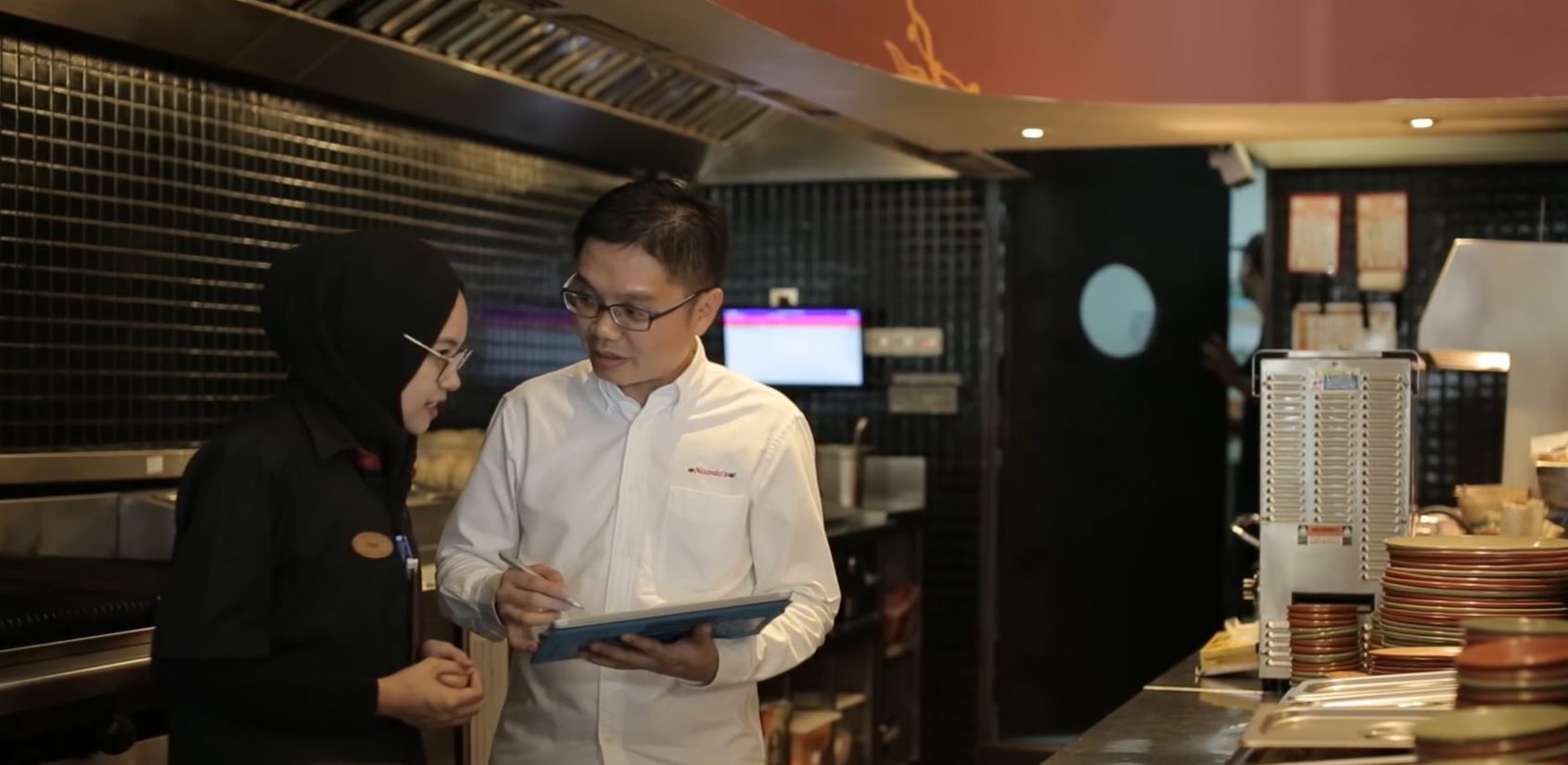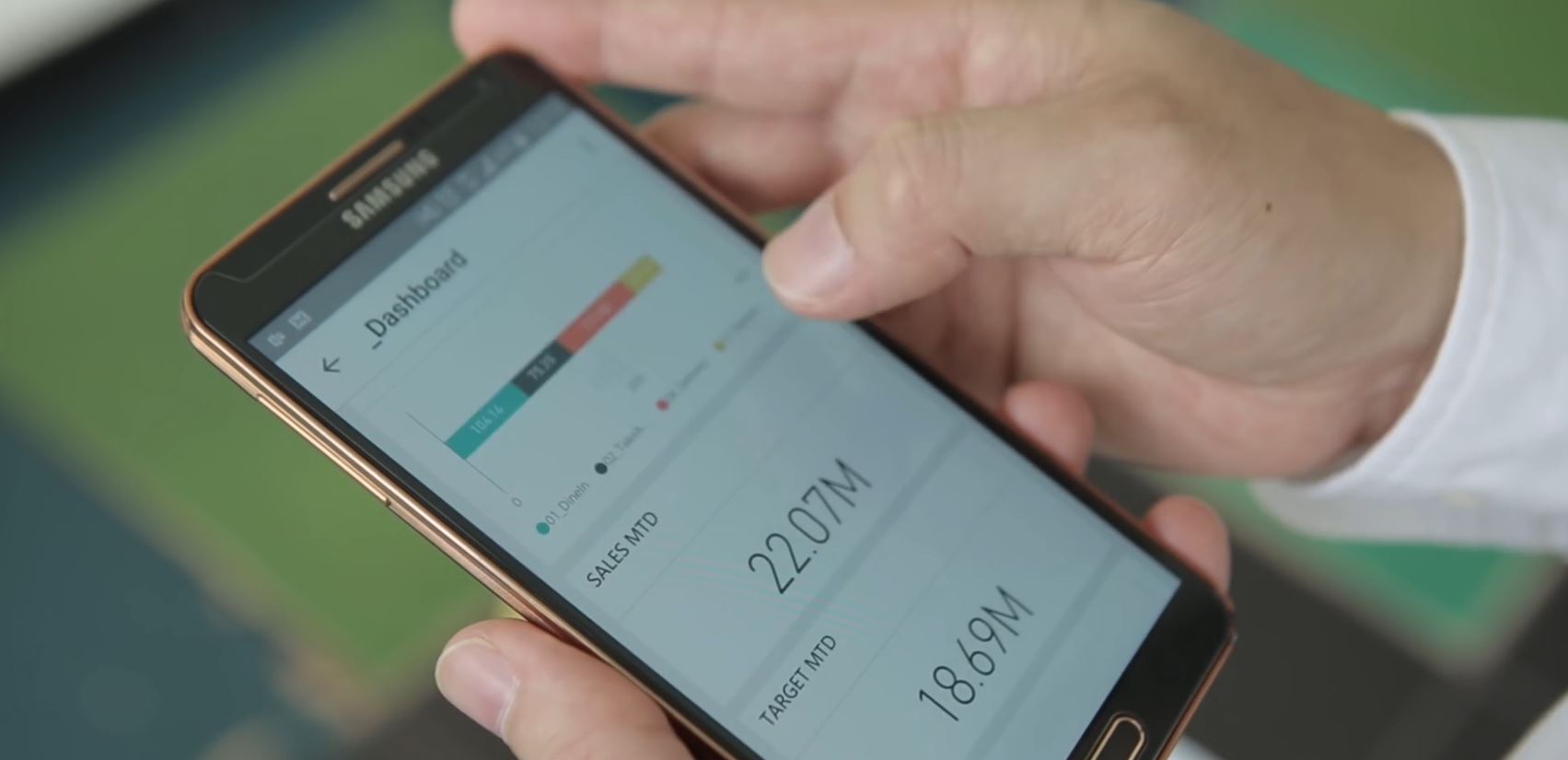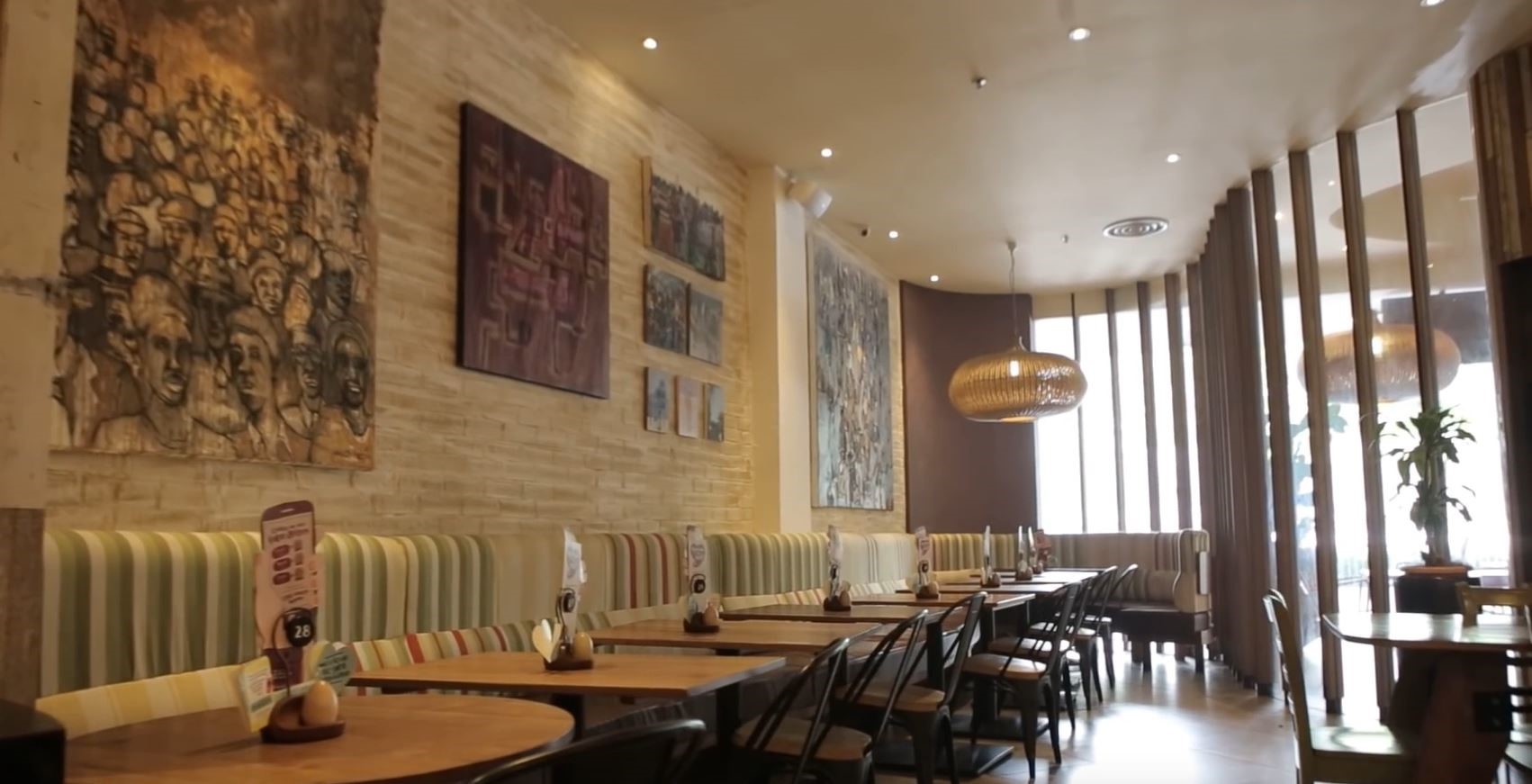In this instalment of the Data Culture Champions in Asia, we take a look at how Andre Chan, IT Director of Nando’s Malaysia, is transforming one of the leading casual dining chains by taking a data-first approach.

Walk into a Nando’s restaurant and you will be enticed by the smell of its flame-grilled chicken with a kick from its unique ingredient: PERi-PERi. It is the smell and taste of the freshly prepared chicken that have propelled the growth of Nando’s globally, where the international casual dining chain from South Africa has now operations in more than 30 countries and growing.
“At Nando’s, it’s not just about the chicken, it’s about the people who make the chicken. Happier employees mean better chicken and happy customers,” said Andre Chan, IT Director of Nando’s Malaysia.
In Malaysia, Nando’s operates over 70 casas (restaurants in Portuguese), and each restaurant serves countless plates of Nando’s chicken every day. The high volume of food delivered means that the management need to be prepared to meet the needs of customers. Yet, in a Food & Beverage (F&B) retail environment where Nando’s operate in, fluctuations in demand is a key challenge that many are still grappling with. Ensuring that perishables are managed at an optimal level is crucial – too little and customers leave hungry; too much and wastage is incurred.
However, such stock management processes today, as with other processes within the retail environment, rely heavily on manual input. At Nando’s, this challenge is aggravated by the fact that each business manager manages multiple casas. Having to physically visit these stores daily to understand feedback and issues, as well as monitor stock severely slowed down managers’ progress and left them exhausted. Restaurant managers were also previously sharing information via WhatsApp directly to business managers to save time, and this meant little accuracy and minimal presence of historical data to analyse trends.
Andre needed to find a way to help Nando’s business managers become more empowered and efficient. It was also high time for the business to embrace digital transformation especially when Nando’s has been operating in the market for the last 18 years. Processes were getting dated, and sales and stock information required to ensure smooth operations across all outlets were only provided a day after. The 24-hour lead time meant that the management team was often reacting to issues, rather than proactively predicting and managing problems.
When Andre joined the company three years ago, he sought to update the organization’s framework, especially when it was no longer sustainable for teams to stick to old processes when the business grew. He turned to mining data insights with technology to drive Nando’s next phase of growth.
The need to counter future growth challenges with data
In the F&B industry, there is no lack of data – from sales revenue, stock levels, and even customer feedback – there is data at every level awaiting to be analysed. According to Andre, there is 16 to 20 percent growth of transactional data at Nando’s Malaysia annually. What was challenging for them, however, was filtering the right set of data for insights, as well as in a timely manner.
For example, at a management level, Nando’s EXCO, or business leaders, are looking at additional metrics from other data sets beyond revenue that help determine business requirements. Customer feedback, business performances across outlets, and other metrics are also important for the EXCO to make informed decisions pertaining to resourcing.
Nando’s previous processes were unable to provide real-time insights, especially when such information was only available a few days later after it has been collected, keyed and processed.
“The F&B industry operates in a traditional environment, where data is used at a minimal level. For many F&B players, instead of investing in technology, they invest in manpower instead to manually key and manage data,” said Andre. Additionally, cost was no longer an issue in adopting technologies that could help derive real-time insights for the business
Nando’s Malaysia data journey
Nando’s Malaysia deployed Microsoft Azure and Power BI, where Andre and his management team could build a real-time data and analytics infrastructure for the business. Today, they can pull real-time sales information, employee roster, as well as inventory status. This is presented in a dashboard which is easy for employees to access and visualize via Power BI. Business managers and management team can then make informed and immediate decisions based on the data they see.
“Technology is more than just a mere tool, but also an enabler in transforming the F&B chain, especially in harnessing real-time insights for its management,” added Andre.
For example, Andre’s first task of a work day is to load the dashboard to analyse and provide insights on whether menu items have performed well the previous day. This helps business managers to provide recommendations on what items to stock within a casa, and whether inventories are at an optimal level.

At the beginning, Andre and his team found it a challenge to filter the right set of data for insights, as well as in a timely manner. The volume of data transacted meant he needed to present data in a meaningful manner, and picking insights that mattered to Nando’s management team.
Andre shadowed business leaders to understand what sort of data they were looking for. This helped him and his team to develop a process and a dashboard that would simplify processes in retrieving real-time data.
From a communication and reporting standpoint, moving data to Power BI and the cloud meant that business leaders no longer had to communicate with business managers and other employees via messaging apps. Today, all data are logged real-time, and the guesswork is removed – which drove efficiency all-up across the organization.
People are key in driving data culture success
From Andre’s viewpoint, employee training was important in ensuring success. It was not easy to change processes after 18 years – after all, employees were used to manual processes, and were more used to the old ways of working.
As such, he and his team worked to show value of real-time insights by providing reports on the metrics business leaders were keen on. By showing real results to business managers, they also proved that technology could bring value to the business.
Andre said: “It is important to actually empower every single employee as I believe in democratizing data in any organization. Gone are the days where the IT departments are passive contributors to the business – employees should be given the power to do their own analysis, so that they can make their own decisions.”
Constant feedback from team is also crucial. Today, Nando’s employees provide direct feedback to Andre on the type of data sets and insights they hope to see.
Andre’s success with Nando’s would not have been possible without the support of the EXCO. Working with key individuals within the team, he developed customized dashboards for business leaders by understanding their requirements. He also provided gradual insights based on available data, so that the leadership understood the benefits of centralizing and automating data.
“When business insights are placed in the hands of business leaders, the right decisions and actions can then be made in a timely manner to drive stronger results. Implementing dashboards not only helps the business understand where it is but allows visible and consistent information to be seen by all the key stakeholders. Moving towards a data driven culture has allowed us to innovate and understand both the business and customers better,” said Stephen Chew, CEO of Nando’s Malaysia.

One key piece of advice Andre has for fellow CIOs and IT leaders in the F&B industry is to “start small.”
“The F&B retail scene is focused on margins and embracing data culture should not be seen as a cost center. Business leaders do not merely want to see ‘vision’ – they want to understand how implementing new solutions such as analytics and even Internet of Things can contribute to reducing costs,” he said.
Adopting a data culture is just a first step for Nando’s. Today, employees and business leaders see the value of real-time insights which empower them to take ownership of their decisions, and more importantly, be able to make real-time decisions to any issues they observe.
Andre has bigger ambitions in Nando’s data journey. By the last quarter of 2017, he hopes to introduce Internet of Things (IoT) within the F&B retail environment. With IoT devices, he plans to track temperature or even chiller usage within casas that can impact electricity consumption that contributes to a significant portion of operating costs.
“I’m not done,” assures Andre. “It’s not an easy sell as this technology is new to others. But one does not need to invest hundreds of thousands of dollars for a solution – you just need to map out what your business truly needs and start on a prototype to show success to your business stakeholders.”
In our Data Culture Champions in Asia series, we profile senior executives across the region who have driven a new data culture within their organization by adopting new processes, technologies as well as enabling their people with skill sets. These individuals cut across key industries and organization sizes, but what makes them stand out above the rest is how they are embracing change. Read more stories of our Data Culture Champions in Asia here.




